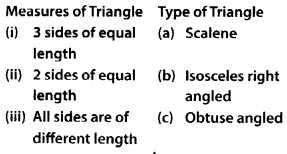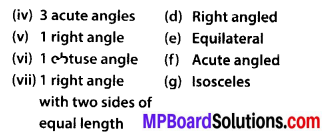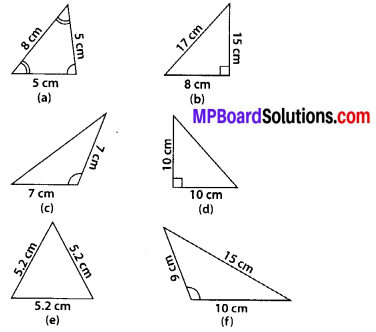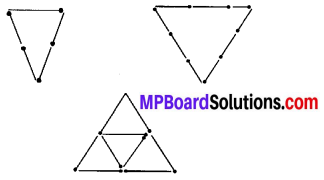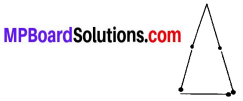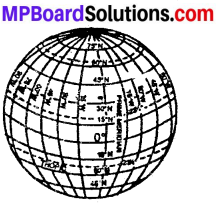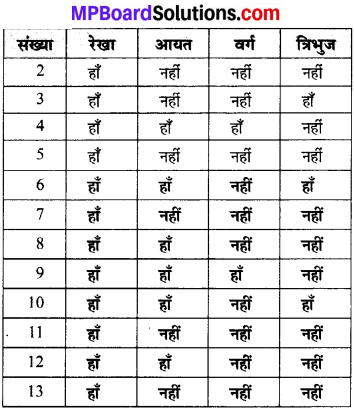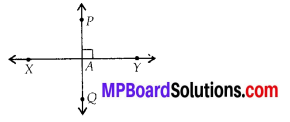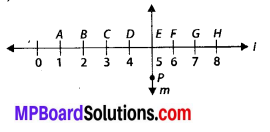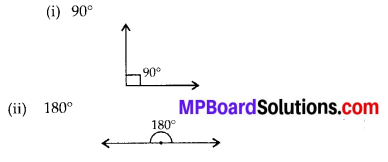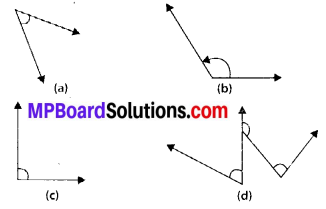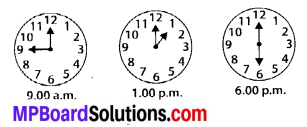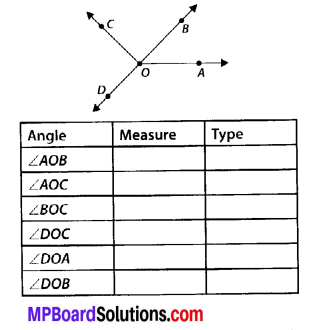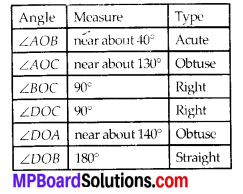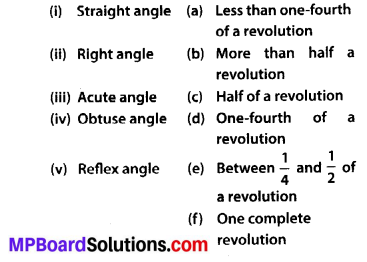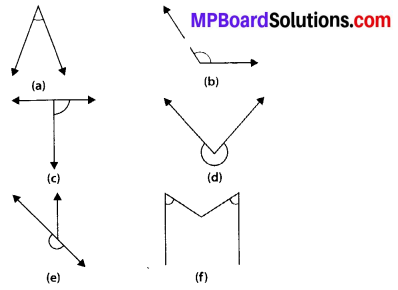MP Board Class 6th Maths Solutions Chapter 5 Understanding Elementary Shapes Ex 5.7
Question 1.
Say True or False:
(a) Each angle of a rectangle is a right angle.
(b) The opposite sides of a rectangle are equal in length.
(c) The diagonals of a square are perpendicular to one another.
(d) All the sides of a rhombus are of equal length.
(e) All the sides of a parallelogram are of equal length.
(f) The opposite sides of a trapezium are parallel.
Solution:
(a) True
(b) True
(c) True
(d) True
(e) False
Since, opposite sides of a parallelogram are of equal length.
(f) False
Since, only one pair of opposite sides of a trapezium is parallel.
![]()
Question 2.
Give reasons for the following :
(a) A square can be thought of as a special rectangle.
(b) A rectangle can be thought of as a special parallelogram.
(c) A square can be thought of as a special rhombus.
(d) Squares, rectangles, parallelograms are all quadrilaterals.
(e) Square is also a parallelogram.
Solution:
(a) Because its all angles are right angle and opposite sides are equal.
(b) Because its opposite sides are equal and parallel.
(c) Because its all sides are equal and diagonals are perpendicular to each other.
(d) Because all of them have four sides.
(e) Because its opposite sides are equal and parallel.
![]()
Question 3.
A figure is said to be regular if its sides are equal in length and angles are equal in measure. Can you identify the regular quadrilateral?
Solution:
A square is a regular quadrilateral.
